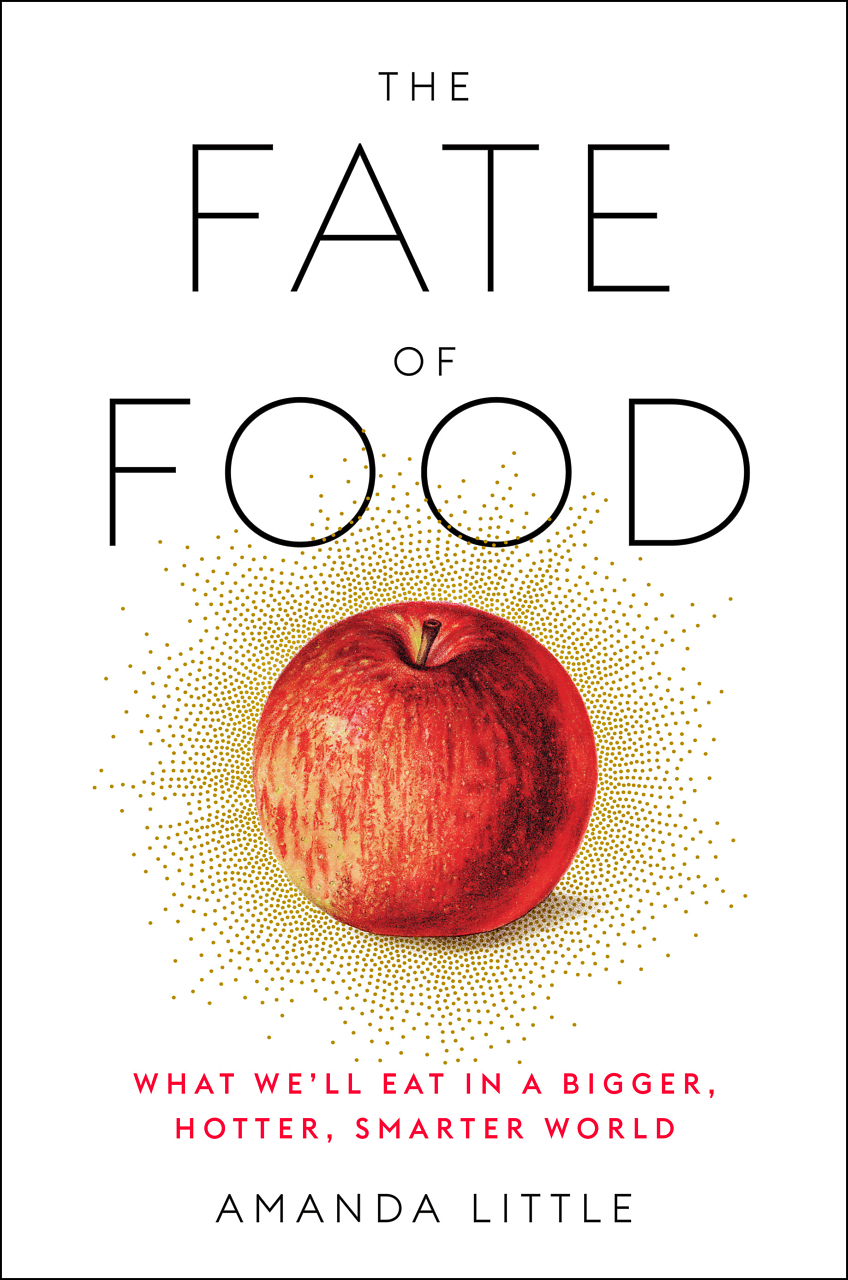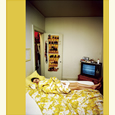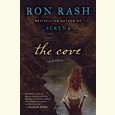The Aroma of Life
Theresa Levitt’s Elixir chronicles an early collaboration between perfumers and chemists
The 18th century stank — pungently, profusely, and overwhelmingly. The cities were the worst. Here, the powerful odors of human and animal excrement mingled with the stench of spoiled food, the reek from the slaughterhouses, the fetid air wafting from overcrowded cemeteries. In the evocative opening chapter of Elixir, historian Theresa Levitt guides us through a particularly malodorous part of central Paris. Her tour, so vividly described that we feel transported back in time, ends at a shop in the rue Bourg-l’Abbé, where a family of undaunted perfumers, Laugier Père et Fils, supplied sweet scents to those who could afford them, producing ever new blends from flowers harvested in their native Provence: mimosa, jasmine, jonquil, roses, geranium, and lavender.
 Smelling great seems to have been one of the primary preoccupations of a succession of French rulers. Marie Antoinette went through 18 pairs of scented gloves a week and doused her sheep, goats, and cows in perfume. Napoleon used up 60 bottles a month, pouring Eau de Cologne over himself while taking his daily steam bath (unlike his aristocratic predecessors, he at least washed himself). But the new scents didn’t just help you smell good; they also made you feel better. That was supposed to be the effect of the Eau de Régénératrice developed by the Laugiers, whipped up from bergamot, bigarade, Portugal orange, mint leaves, tarragon, ground cinnamon, and rose petals, which you could apply to your skin, drink, or sniff, as you wished. Used properly, the concoction would treat your migraine, stop the ringing in your ears, or cure your stomachache. Pour it into your bath, promised the Laugiers, and your “animal faculties” will return.
Smelling great seems to have been one of the primary preoccupations of a succession of French rulers. Marie Antoinette went through 18 pairs of scented gloves a week and doused her sheep, goats, and cows in perfume. Napoleon used up 60 bottles a month, pouring Eau de Cologne over himself while taking his daily steam bath (unlike his aristocratic predecessors, he at least washed himself). But the new scents didn’t just help you smell good; they also made you feel better. That was supposed to be the effect of the Eau de Régénératrice developed by the Laugiers, whipped up from bergamot, bigarade, Portugal orange, mint leaves, tarragon, ground cinnamon, and rose petals, which you could apply to your skin, drink, or sniff, as you wished. Used properly, the concoction would treat your migraine, stop the ringing in your ears, or cure your stomachache. Pour it into your bath, promised the Laugiers, and your “animal faculties” will return.
No one traumatized by high school chemistry would think of chemists as the purveyors of fine smells, and yet this is precisely the brilliant premise behind Elixir, in which the author shows how perfumers and chemists in revolutionary and post-revolutionary France set out to unveil the mystery of life. At the end of their quest was a dream come true: the ability to create in the lab what previously had existed only in nature. Levitt’s book suggests that the origins of modern chemistry, and of our synthetic world today, lay in the workshops of the perfumers, who had the right equipment to aid the chemists in understanding the building blocks of matter. One of Levitt’s most compelling descriptions is of Édouard Laugier’s dephlegmator, an updated version of the alchemist’s alembic, a tower of layered coils through which the distillate rose, achieving ever higher levels of purity as the less volatile condensate or “phlegm” descended.
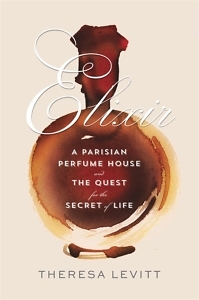 There was a lot of traffic back and forth between the two fields. In 1825, Édouard, whose distilling had taught him so much about chemical compounds, left his parents’ shop to offer lectures on applied chemistry. In turn, the gifted chemist and socialist Auguste Laurent, ostracized by the scientific establishment, later joined Édouard at the rue Bourg-l’Abbé perfumery. He must have looked very odd behind the counter, surmises Levitt, yet this was an excellent place for him to continue the work his colleagues had ridiculed: finding out not just how molecules behaved but what they are made of. Laurent’s persistence paid off when he was able create artificial alkaloids from a by-product of coal tar, the first step into the brave new world of synthetics. In 1880, the perfumer Paul Parquet, owner of Houbigant in Paris, presented an entirely synthetic perfume that he, with some degree of irony, named Fougére Royal or “royal fern” (ferns don’t have a scent). As Levitt notes, the bridge between nature and artifice had been crossed, the dream of the alchemists seemingly accomplished.
There was a lot of traffic back and forth between the two fields. In 1825, Édouard, whose distilling had taught him so much about chemical compounds, left his parents’ shop to offer lectures on applied chemistry. In turn, the gifted chemist and socialist Auguste Laurent, ostracized by the scientific establishment, later joined Édouard at the rue Bourg-l’Abbé perfumery. He must have looked very odd behind the counter, surmises Levitt, yet this was an excellent place for him to continue the work his colleagues had ridiculed: finding out not just how molecules behaved but what they are made of. Laurent’s persistence paid off when he was able create artificial alkaloids from a by-product of coal tar, the first step into the brave new world of synthetics. In 1880, the perfumer Paul Parquet, owner of Houbigant in Paris, presented an entirely synthetic perfume that he, with some degree of irony, named Fougére Royal or “royal fern” (ferns don’t have a scent). As Levitt notes, the bridge between nature and artifice had been crossed, the dream of the alchemists seemingly accomplished.
And yet it hadn’t been. As Louis Pasteur’s experiments with crystals confirmed, the internal arrangement of naturally occurring substances was fundamentally asymmetric, a quality he could not replicate by artificial means. Imbalance is the key to life, or, as Pasteur put it: “The universe is asymmetric.” The gulf between life and the lab had become larger instead of smaller. The new perfumes, now worn mostly by women, had only a tenuous relationship with living plants.
Chemistry is not, as Levitt explains, for the faint of heart. (Neither, we might add, is Levitt’s book, which is not for readers intimidated by a chemical formula.) As Levitt’s narrative chugs along, body count and property damages increase. Antoine Lavoisier got his head chopped off by Robespierre; Jean-Baptiste Biot, hoping to test the optical properties of turpentine, torched part of the Palais de Luxembourg; and Charles Mansfield and George Coppin had their lives prematurely ended when their still blew up. “But somehow,” marvels Levitt, “there were always more than enough hopeful students willing to take the risk.” That’s at least partly due to the fact that, as Levitt muses in her powerful concluding chapter, we still don’t know how and why living things first bubbled up from the primordial sludge. Meanwhile, let us celebrate this extraordinary book, which begins with perfumes and ends by having us think about the origin of life itself. Édouard Laugier would have approved.
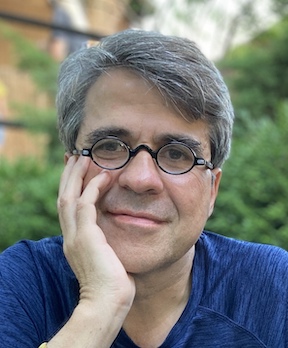
Christoph Irmscher lives in Bloomington, Indiana, where he teaches at Indiana University. He is a biographer and literary critic, known especially for The Poetics of Natural History and his biographies of Longfellow, Louis Agassiz, and Max Eastman. He regularly writes for the book section of the Wall Street Journal.
